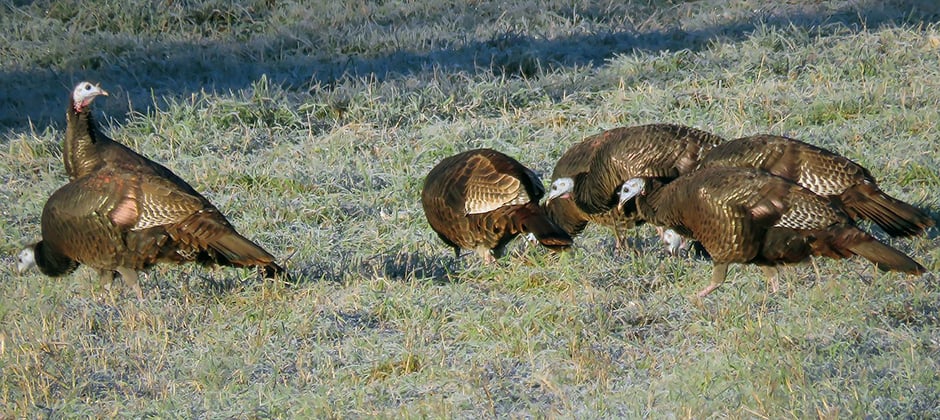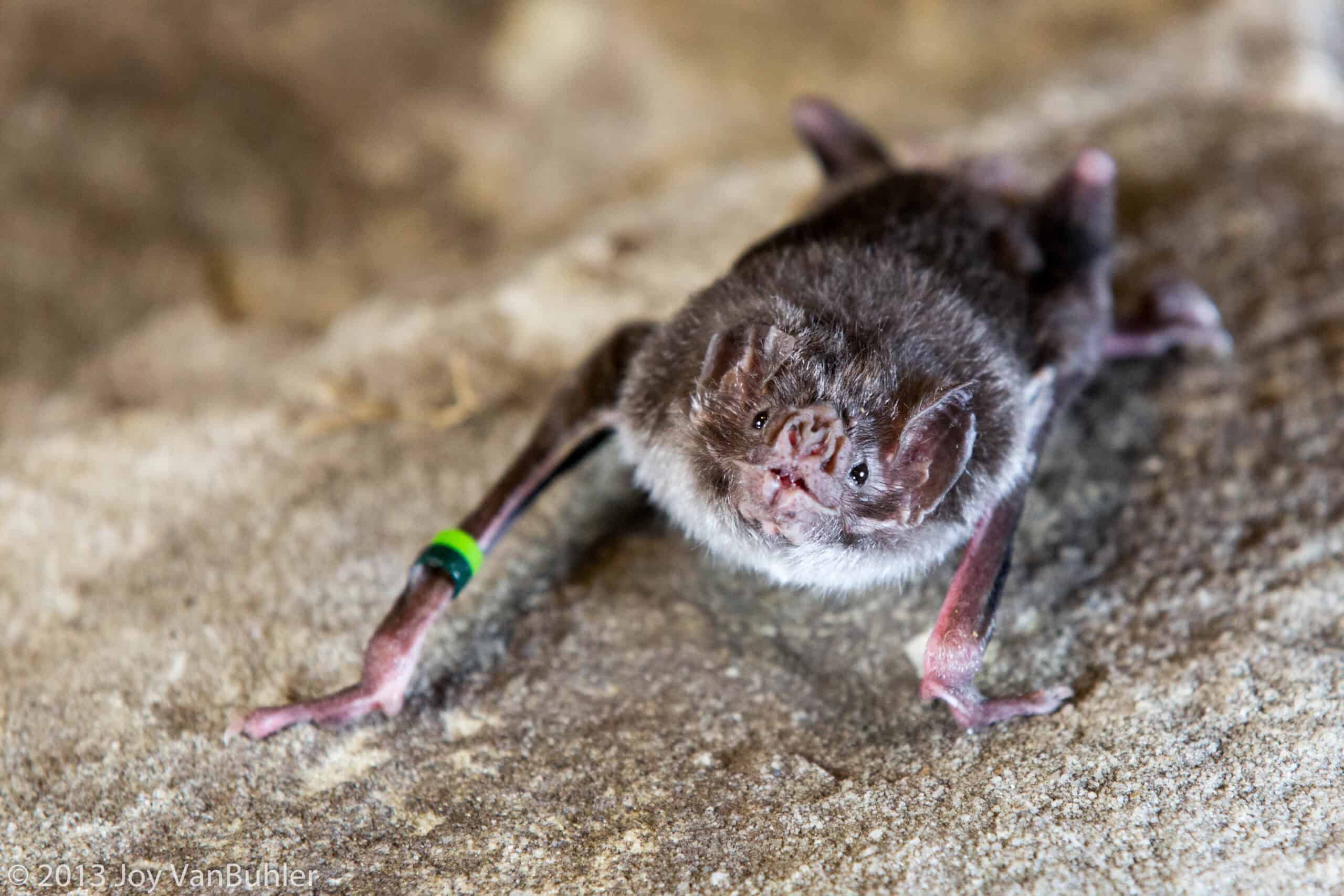Share this article
Wild turkeys need a mosaic of fire
Turkeys in Illinois use both burned and unburned areas, depending on where they are in the reproductive cycle, researchers found. They say the finding points to how managers can use prescribed fires to benefit the species, which is popularly hunted in the state.
To manage oak forests in Illinois, the state’s forest action plan calls for prescribed fires to improve forest health. Forest managers with the Indiana Department of Natural Resources wondered how these burns impacted turkeys.
“DNR wildlife biologists and public land managers had been noticing and mentioning that they were seeing turkeys using burned areas pretty immediately after a fire,” said Christine Parker, a PhD candidate at the University of Illinois working with the Illinois Natural History Survey. “We wanted to use local knowledge we were hearing and confirm whether that was happening.”
Parker led a study published in Forest Ecology and Management in which she and her colleagues tracked turkeys at different stages in their life cycle to see where they were going before, during and after prescribed burns.
The fieldwork was the fun part, she said. She and her colleagues used two different methods of catching the turkeys. Hiding in a blind at a bait site, they waited for the opportune moment to deploy large drop nets over turkeys with a remote control. “It was Wile E. Coyote style,” she said. “Sometimes, we were freezing for hours at a time, out there all day long.”
They trapped other wild turkeys using air cannons, hitting a big red button to shoot nets over turkeys drawn to an area with bait. “That one’s a lot more dramatic,” she said. “You have a big boom.”
After catching the turkeys, they fitted them with GPS tracking devices, which would record their locations every two hours, and accelerometers, which recorded every movement they made.
After analyzing the data, the researchers found that the birds used different areas, depending on the stage of reproduction. While the turkeys weren’t using burned areas right away, when hens were laying eggs, they preferred forests that were burned about two years earlier. While incubating the eggs, they stayed in areas that were burned multiple times.
While nesting, the turkeys chose areas that hadn’t been burned at all. These denser areas provided them protection from nest predators. After nesting, they preferred forests that were burned once in the previous four years.
Parker said the study shows the importance of having a mosaic of burned and unburned areas.
“This is one of those perfect examples of research that can help make management decisions on the ground,” she said.
Header Image: Prescribed fire can help wild turkeys at different stages in their reproductive cycle. Credit: Alex Gait/USFWS








